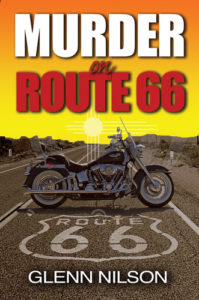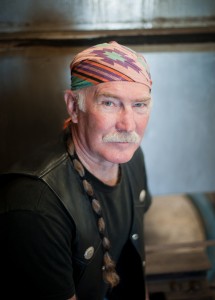This week included a day when my wife and I had several appointments that involved a lot of waiting. It made me think about how much time we spend waiting and the many situations requiring that we wait. Those of us who have commuted to work in a large city are all too familiar with waiting in traffic or waiting for a bus, train or airplane. Anyone who shops in a supermarket knows about waiting in a checkout line. Most of us probably try to shorten the wait time by seeking the shortest line. If you’re like me, the shortest line gets held up by some glitch just after we join it.
And, how about waiting in a telephone queue? I’ve spent hours in this situation. Sometimes it seems like anytime I call a customer service number I’d better be ready to wait an interminable amount of time while the automated system runs through all the announcements and options available before I’m given a chance to seek whatever service I’m after. Then I must wait forever in a queue while some recorded messages assure me my call is important. Our ancestors had to wait for rain, or for the crops to ripen. That took months, but at least it made a lot more sense than the waiting we are put through today.
Of course, there are things I can do to make the waiting time more enjoyable or productive, such as taking a book along when I visit the doctor’s office. Of course, nowadays we have books available on our cellphones. That’s handy. But, waiting for highway delays to clear, or at traffic signs? That’s another story. Although, come to think of it, I’ve seen people reading while sitting behind the steering wheel of their car. I don’t recommend the practice. Unfortunately, people are all too likely to be texting on their cellphones while driving, walking, or even sitting at a table in a restaurant while presumably enjoying a meal with someone.
I hate it when the car in front of me fails to take advantage of a green light because the driver is on a cellphone. I hate it when someone sitting behind a desk or counter is texting on their cellphone instead of doing whatever their job calls for while I stand there waiting. I suppose I could just take out my own cellphone and busy myself while I wait. Maybe I could call the person on the other side of the desk or counter and let them know I’m waiting.
I used to look forward to reading magazines while waiting in a doctor’s office. They used to provide magazines. They might have been old issues, but they were still entertaining, and I might not have seen them. Now, I notice a lot of waiting rooms only have magazines offering information about available services. Sometimes there are no magazines, only a television with infomercials playing while you wait. I’d be happy to settle for an old issue of a magazine at this point.
With all my thoughts about having to wait, I suppose I should feel guilty about subjecting my series protagonist, Bobby Navarro, to waiting. I do though, but not too often. I think he should have to wait in line at the supermarket occasionally just like we do. Years ago, I had nearly completed an all-day ride on my motorcycle when traffic came to a halt. Naturally, it started to rain. I got soaked. Needless to say, I’ve let Bobby get wet a time or two as well. It’s only fair.
What pet peeves do you have about waiting? Any favorite stories? And what do you do to handle the waiting game?











